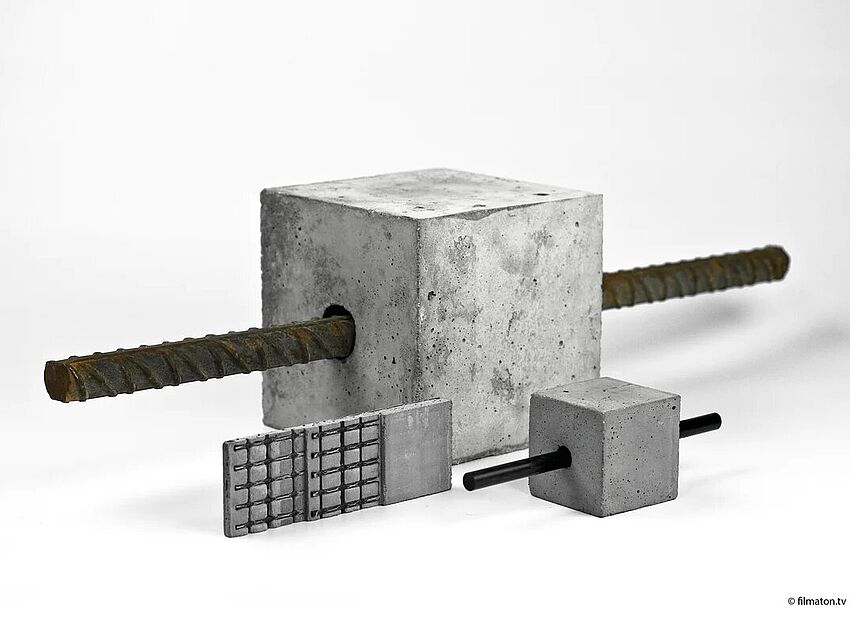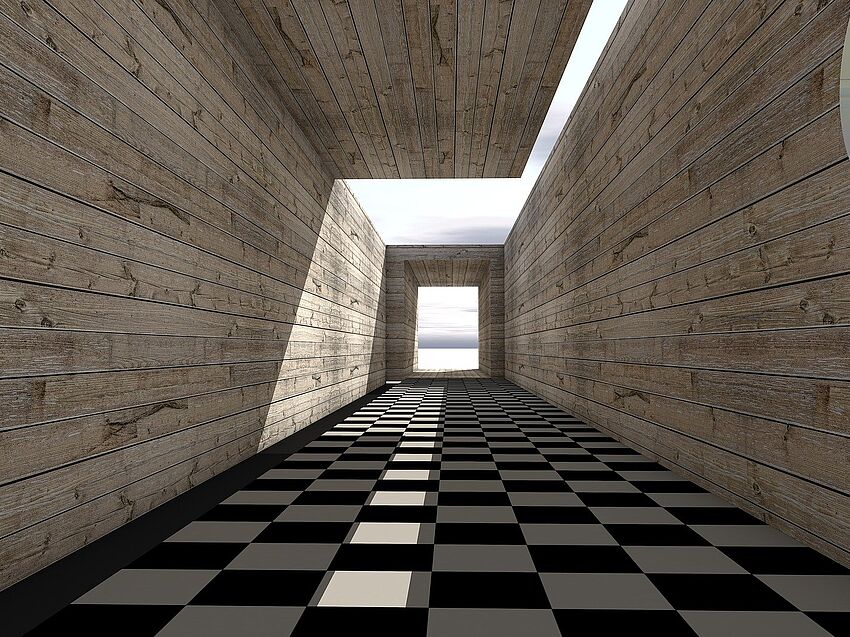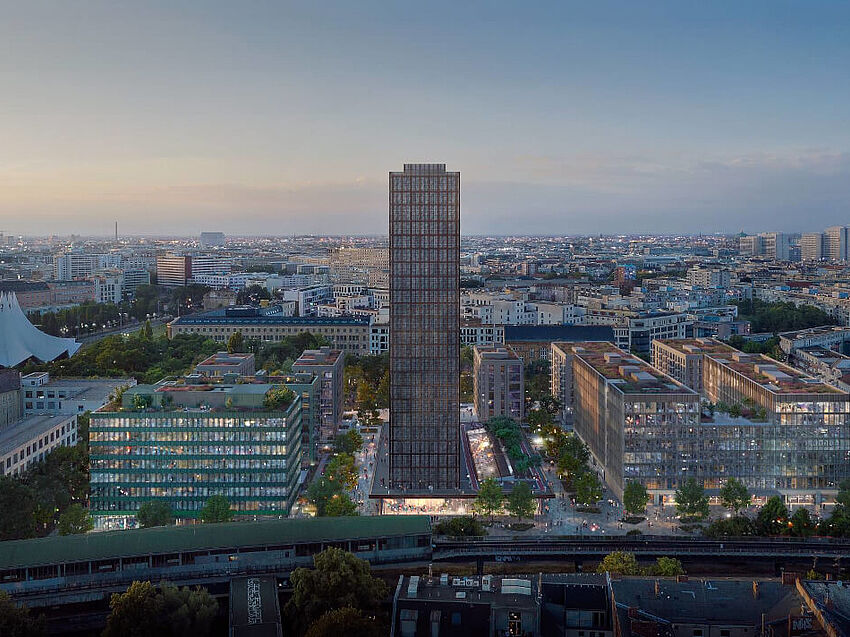Carbon concrete: building material of the future for sustainable construction
The spaces that we design and build can significantly impact the way we live, whether by improving our mood or performance or by making our lives easier. Beyond providing the basic functionality that the end user expects, good architecture can enhance the occupants’ quality of life with the right blend of aesthetics, design, technology, and construction methods and materials. This is how these four areas of architecture can improve our quality of life.
Design and Planning
Good planning takes into account the functional needs of the space and helps improve the activities that are going to take place there through a well thought out layout. This alone can significantly improve how people feel when they use the area, as well as boosting efficiency and effectiveness – even if the space is a residential setting as opposed to a work environment. In addition, good design can enhance accessibility by considering the needs of users who may have reduced mobility or visual impairments, improving their experience of a building.
Physical concerns such as daylight and the location of windows, as well as heating and ventilation also play a major role in improving the quality of life of the building occupants. While these factors are often considered in terms of energy usage and sustainability, creating a comfortable, well-lit environment can have a beneficial psychological impact on the users while also achieving energy savings.
Incorporating green spaces – such as parks and gardens – into the overall design can also enhance the user experience. There is a growing amount of research that supports the idea that spending time in nature can help improve mental health and positively impact people’s moods.
Aesthetics
An aesthetically pleasing environment invites people in and makes them want to spend time in those surroundings, as opposed to feeling confined, crowded, or unproductive. The use of color, the blend of materials, and the geometric proportions and patterns used in an area can create an atmosphere that inspires, calms, and supports productivity.
Technology
Incorporating technology into buildings is rapidly becoming another area of focus for architects. For residential developments, home automation can help make an environment that makes the residents’ everyday lives easier. The ability to control their home’s lighting, heating, appliances, and other features gives residents a feeling of ownership and personalization, while also providing a more tailored experience.
In commercial settings, facilities management systems have become increasingly sophisticated, particularly as a result of Building Information Modeling (BIM) and the rise of the Internet of Things (IoT) technologies. Having access to real-time information from sensors and a virtual building model helps facilities managers, operators, and owners manage their asset more effectively. This can result in a better overall experience for the users of the building, as well as providing cost and energy benefits.
Construction Methods and Materials
More than ever, building users want to know that the materials and construction methods used are safe and environmentally friendly. The materials selection of a building plays a large part in supporting a good quality of life by removing harmful chemicals or substances. In addition, thorough construction methods that ensure a building is fit for purpose – such as eliminating drafts or enabling easy maintenance of fittings, fixtures, and equipment – is now an expectation rather than a nicety, and further contributes to improving the end users’ lives.
Supporting Architectural Design
The potential for architecture to improve our quality of life begins at the planning stage with good design practices. ALLPLAN Architecture is a complete 3D architectural CAD drafting software for architects, enabling them to create BIM-compliant, user-centric designs, With a free, 30-day trial available, architects can see for themselves how easy it is to develop unique buildings that enhance the overall user experience.




